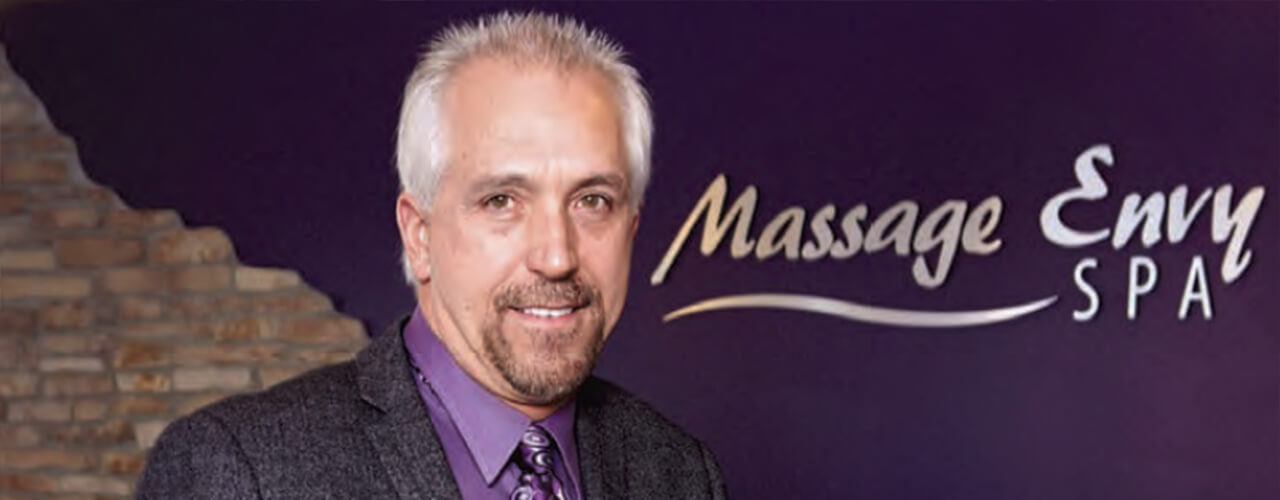Putting on a clinic featuring Gary Meyers with Massage Envy & The Joint
Written by John P. Palen for Minnesota Business Magazine April 2014
Franchises have long been the business model of choice for entrepreneurs who don't want to reinvent the wheel — or make a new wheel — but invest in a proven product or service for faster profits.
What happens, though, when an industry not normally modeled as a franchise is introduced to the franchise concept? Launched well, it can expand opportunities for the entrepreneur as well as the people directly serving customers.
Back in 2005, Gary Meyers embarked on a new twist of the franchise business model. After nearly two decades of frustration as the owner of Newport Collision Center in Newport, Minn. – brought on by a lack of control over margins because of insurance companies - he sold his business. For his next venture, he was interested in franchises for the turnkey approach, but didn't realize his ultimate franchise choice would support new industries that provided more full-time employment in Minnesota as well as growing revenue streams.
It started with Massage Envy. Because of Meyers, the Arizona-based franchisor now has 26 clinics in the region, becoming the largest employer of massage therapists in the state, with over 500 employed at this time. As the regional developer for the franchise, Meyers owns three of the clinics and assists franchisees in developing clinics in his territories including North Dakota, South Dakota and western Wisconsin. Customers purchase a monthly membership at the clinics and receive one massage a month at their convenience. In turn, each clinic can employ more full-time massage therapists than a traditional spa based on the sheer membership volume.
Growth hasn't been without challenges. Each store has 45 to 50 employees with average revenue per store of $1.3 million. Not only is this an operational challenge, but the store also needs to have enough therapists on hand to make the service convenient. Meyers had to build collaborations with 14 area colleges that offer massage therapy degrees to fill positions in existing and new stores. He also had the challenge of continuing education offerings to ensure therapists can retain their licenses and managing staff are efficient and professional.
And here's the twist. Meyers recently embarked on a new franchise venture, The Joint, to create chiropractic services in the same business model. "I saw the chiropractic industry the same as massage therapy. There are more chiropractors than can find jobs. The Joint business model will give them jobs, allow them to practice their trade, and make the business side of it easier. Again, customers will pay a monthly membership fee and receive chiropractic care based on their type of membership."
By locating the chiropractic practice near a Massage Envy clinic, Meyers creates operational efficiencies, too. "We've created new industries," he says. "As clinics scale their memberships, it provides a re-occurring revenue stream to cover expenses — and the rest is profit."
It's a vision that ties to contracts for up to 34 Massage Envy clinics and five The Joint clinics by 2015. Meyers Enterprises still relies on the turnkey franchise approach, but the market effect is great jobs for therapists, chiropractors and the entrepreneurs who invest in these franchises. Meyers' projected revenues for the three owned Massage Envy clinics and two The Joint clinics is $6 million in 2014.
If it becomes a business model worthy of envy, it can only help improve the state's — and country's — increasingly service-based economy.
Tips for Scaling Professional Business Models for Profit
- Look for a service industry that appears commoditized.
- Tie consumer membership arrangements to the service.
- Provide inviting facilities for multiple professionals to serve members.
- Follow a formula of memberships plus visits/month to equal overhead plus profit margin.


